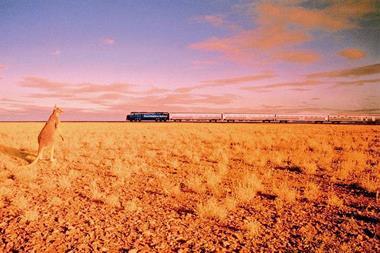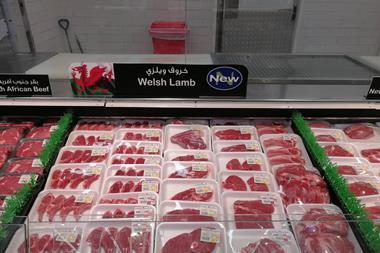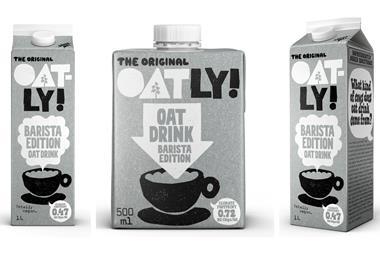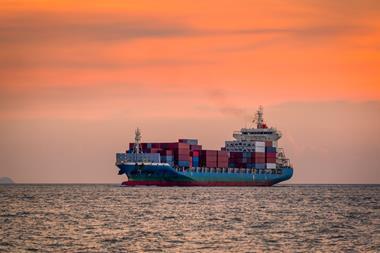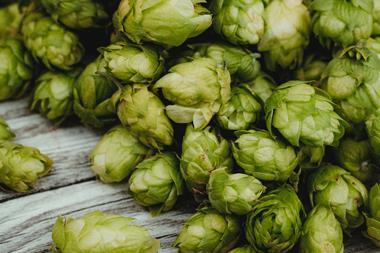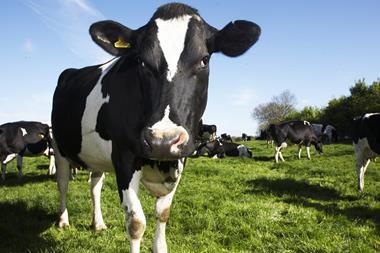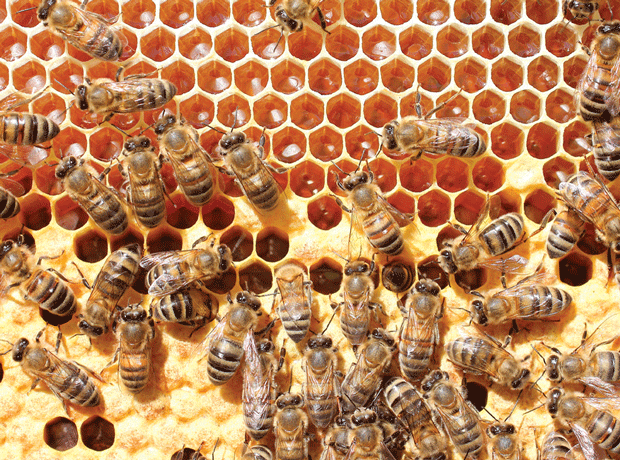
The Russian invasion of Ukraine could lead to disruptions into next year for world honey supplies, including to the UK, according to one of the country’s best-known brands.
Ukrainian honey – which comprised about a third of Europe’s honey imports before the war – was mainly derived from the country’s sunflower crop, said Ian Ainsworth, MD of Valeo Foods UK, owner of Rowse Honey.
The war has already led to widely reported shortages of sunflower oil and prompted rising prices and increasing demand across the wider edible oils sector as producers rushed to source alternative oils.
And given the sunflower crop was primarily grown in the war-torn east and south of the country, Ainsworth warned the global honey supply situation would now likely worsen.
The Covid pandemic had earlier driven significant shopper demand, while the stockpiling of honey in the US in 2021, poor to average crops and “well-publicised global supply chain issues” had worsened the situation even before the Russian invasion of Ukraine, Ainsworth said.
“There are alternatives to Ukrainian honey in terms of colour, taste and blending potential, for example in Europe, South America, and certain Asian origins,” Ainsworth said. However, there was also “increased demand for these alternative options”, which were further subject ”to seasonal variations and availability”.
So any further impact on Ukrainian sunflower planting this year would like likely ”further exacerbate the current situation with implications for supply well into 2023”, Ainsworth said.
Ukraine’s pre-war honey output, estimated at 65,000 tonnes, exceeded by around 20,000 Mt total annual honey demand in the UK, where only between 3,000 and 5,000 Mt was supplied by local beekeepers and producers, Valeo estimated.
But demand from the UK’s neighbours had likely led to increased competition for honey, it added. Although the European Union was by late 2020 the world’s second largest producer of honey, when all 27 member states are counted as one, the bloc was at the same time the world’s biggest importer, according to EU Commission data.
“Sourcing the significant volumes of honey required to replace the Ukrainian honey market share in Europe and beyond is both challenging and costly, and we’ve already witnessed increased pricing as demand switches from Ukraine and competition for alternatives continues to grow”, Ainsworth pointed out.







